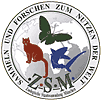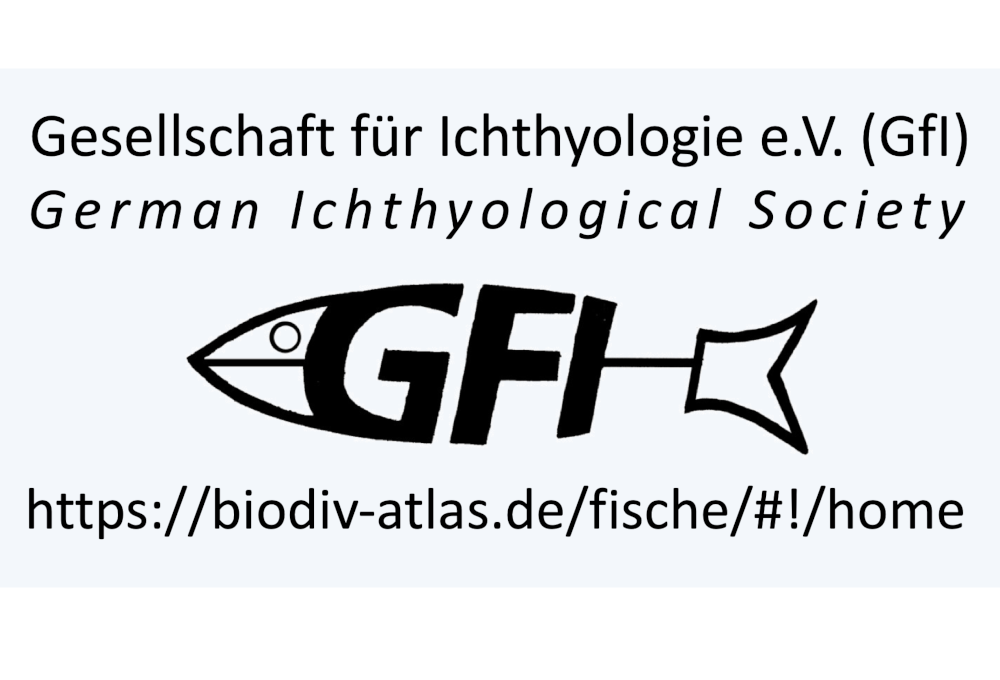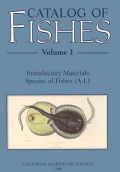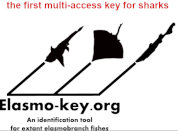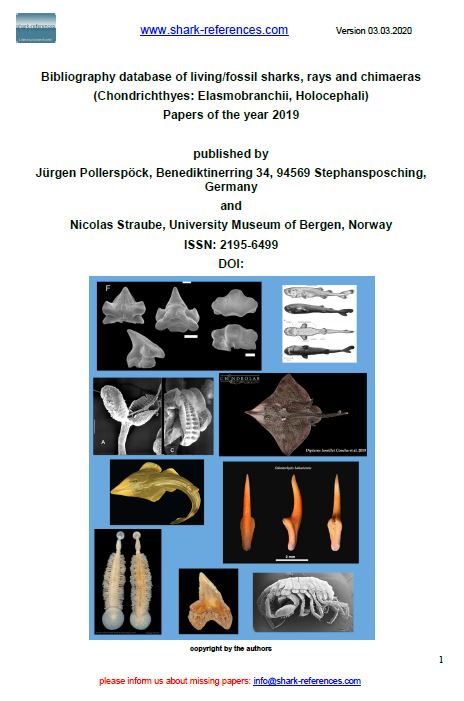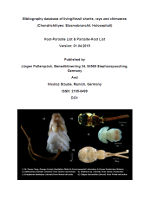Oxyrhina winkleri
Vincent, 1876
Classification: Elasmobranchii Lamniformes Lamnidae
Reference of the original description
Description de la faune de l'étage Landénien inférieur de Belgique. Annales de la Société royale malacologique de Belgique, 11, 111–160
Description de la faune de l'étage Landénien inférieur de Belgique. Annales de la Société royale malacologique de Belgique, 11, 111–160
Image of the original description
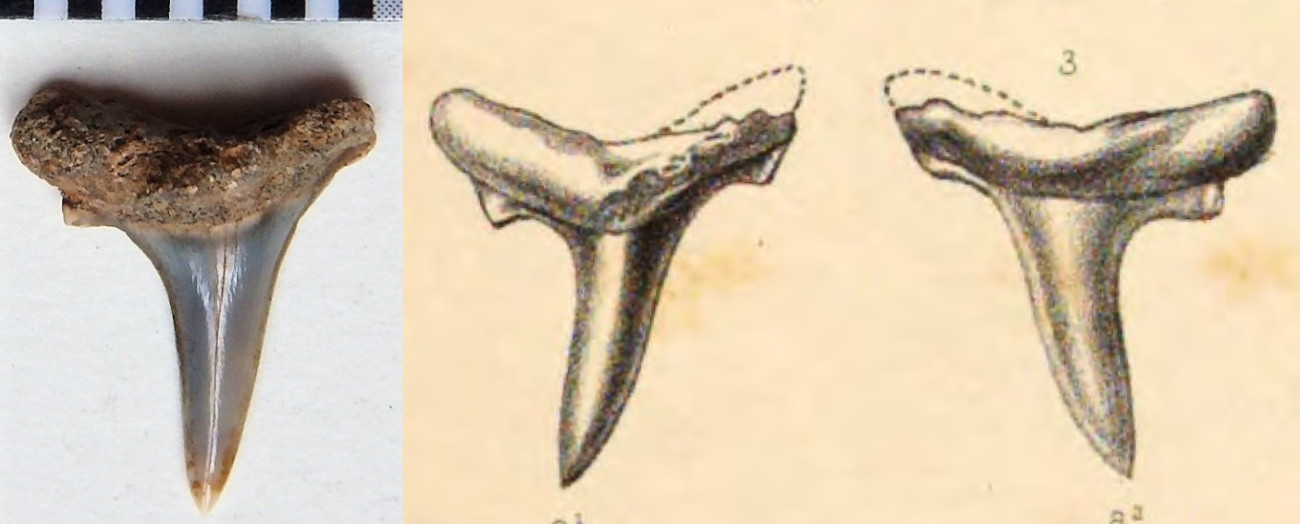
Oxyrhina winkleri Vincent, 1876; holotype, IRSNB P 00002;Thanetian, Paleocene, Wansin, Liège, Belgium © Virtual collections of the Royal Belgian Institute or Natural Sciences

Oxyrhina winkleri Vincent, 1876; holotype, IRSNB P 00002;Thanetian, Paleocene, Wansin, Liège, Belgium © Virtual collections of the Royal Belgian Institute or Natural Sciences
Description:
Citation: Oxyrhina winkleri Vincent, 1876: In: Database of fossil elasmobranch teeth www.shark-references.com, World Wide Web electronic publication, Version 12/2025
Remarks
shark-references Species-ID=7756;
Taxonomic remarks (pers. com. T. Reinecke, Bochum, 01/2025: Vincent (1876, p. 125, pl. 6, fig 3) [2470] named a single tooth from the Hannut Formation (“Lower Landenian”), lower Thanetian, of Wansin near Hannut, Belgium as Oxyrhina winkleri. The holotype is deposited at the Institute of Natural Sciences Brussels as IRSNB P 00002. The specimen, probably a lateral tooth of the upper jaw, has a distally slightly inclined, relatively slender but not very high crown, broad root branches (of which the mesial branch is basally and marginally damaged), and a pair of low, rounded lateral cusplets, of which the mesial is lower than the distal and separated from the main cusp by a shallow notch.
Cappetta (2006, p. 250) [351] synonymized Oxyrhina winkleri Vincent, 1876 without further discussion with the Middle Eocene species Oxyrhina nova Winkler, 1874 (= Anomotodon novus (Winkler, 1874)). A new illustration of the type specimen and its 3D-model cast doubt on this assessment. In particular, the course of the crown heels is atypical for lateral teeth of Anomotodon novus (Winkler, 1874), where the cutting edges on the lateral heels slope in a basal direction, but do not form low cones or convex tips as in Oxyrhina winkleri (compare with Casier, 1967 [422], pl. 7, fig 9; Nolf, 1988 [1813], pl. 32; Van den Eeckhaut & De Schutter, 2009 [6205], pl. 15, figs 4, 9, 10; and www.shark-references.com/species/view/Anomotodon-novus). Alternatively, we suggest the holotype of Oxyrhina winkleri to be placed in synonymy with Striatolamia striata (Winkler, 1874), whose lateral teeth have very similar features to the holotype and are common in the Thanetium of Belgium and northern France (e.g., Casier, 1967 [422]; Baut & Génault, 1995 [147]).)
shark-references Species-ID=7756;
Taxonomic remarks (pers. com. T. Reinecke, Bochum, 01/2025: Vincent (1876, p. 125, pl. 6, fig 3) [2470] named a single tooth from the Hannut Formation (“Lower Landenian”), lower Thanetian, of Wansin near Hannut, Belgium as Oxyrhina winkleri. The holotype is deposited at the Institute of Natural Sciences Brussels as IRSNB P 00002. The specimen, probably a lateral tooth of the upper jaw, has a distally slightly inclined, relatively slender but not very high crown, broad root branches (of which the mesial branch is basally and marginally damaged), and a pair of low, rounded lateral cusplets, of which the mesial is lower than the distal and separated from the main cusp by a shallow notch.
Cappetta (2006, p. 250) [351] synonymized Oxyrhina winkleri Vincent, 1876 without further discussion with the Middle Eocene species Oxyrhina nova Winkler, 1874 (= Anomotodon novus (Winkler, 1874)). A new illustration of the type specimen and its 3D-model cast doubt on this assessment. In particular, the course of the crown heels is atypical for lateral teeth of Anomotodon novus (Winkler, 1874), where the cutting edges on the lateral heels slope in a basal direction, but do not form low cones or convex tips as in Oxyrhina winkleri (compare with Casier, 1967 [422], pl. 7, fig 9; Nolf, 1988 [1813], pl. 32; Van den Eeckhaut & De Schutter, 2009 [6205], pl. 15, figs 4, 9, 10; and www.shark-references.com/species/view/Anomotodon-novus). Alternatively, we suggest the holotype of Oxyrhina winkleri to be placed in synonymy with Striatolamia striata (Winkler, 1874), whose lateral teeth have very similar features to the holotype and are common in the Thanetium of Belgium and northern France (e.g., Casier, 1967 [422]; Baut & Génault, 1995 [147]).)
References

Les vertébrés du Landénien Inférieur (LIa ou Heersien) de Maret (Hameau d'Orp-le-Grand). Bulletin de la Société Belge de Géologie, de Paléontologie et d'Hydrologie, 81(3–4), 191–207

Contributions à l'étude des Poissons fossiles de la Belgique. IV. Observations sur la faune ichtyologique du Landénien. Bulletin du Musée Royal d'Histoire Naturelle de Belgique, 19(36), 1–16
Contributions à l'étude des poissons fossiles de la Belgique. III. Quelques espèces nouvelles ou peu connues du Landénien marin. Bulletin du Musée Royal d'Histoire Naturelle de Belgique, 19(35), 1–16
Notes ichthyologiques (Système Landénien) - I. Annales de la Société royale malacologique de Belgique, Bulletin des Séances, 23, 42–43
Description de la faune de l'étage Landénien inférieur de Belgique. Annales de la Société royale malacologique de Belgique, 11, 111–160
Description de la faune de l'oligocène inférieur de Belgique. Annales de la Société malacologique de Belgique, 11,

Les vertébrés du Landénien Inférieur (LIa ou Heersien) de Maret (Hameau d'Orp-le-Grand). Bulletin de la Société Belge de Géologie, de Paléontologie et d'Hydrologie, 81(3–4), 191–207

Contributions à l'étude des Poissons fossiles de la Belgique. IV. Observations sur la faune ichtyologique du Landénien. Bulletin du Musée Royal d'Histoire Naturelle de Belgique, 19(36), 1–16
Contributions à l'étude des poissons fossiles de la Belgique. III. Quelques espèces nouvelles ou peu connues du Landénien marin. Bulletin du Musée Royal d'Histoire Naturelle de Belgique, 19(35), 1–16
Notes ichthyologiques (Système Landénien) - I. Annales de la Société royale malacologique de Belgique, Bulletin des Séances, 23, 42–43
Description de la faune de l'étage Landénien inférieur de Belgique. Annales de la Société royale malacologique de Belgique, 11, 111–160
Description de la faune de l'oligocène inférieur de Belgique. Annales de la Société malacologique de Belgique, 11,
